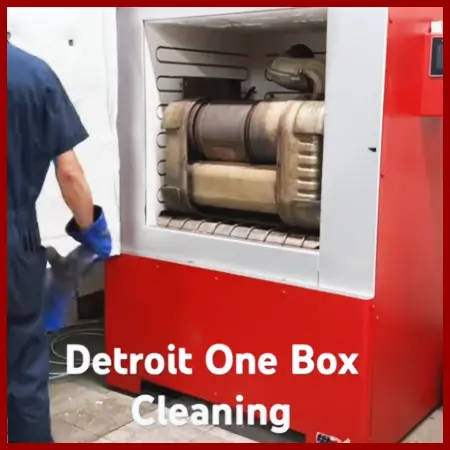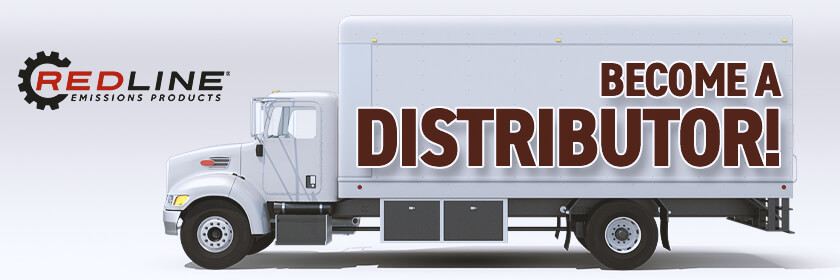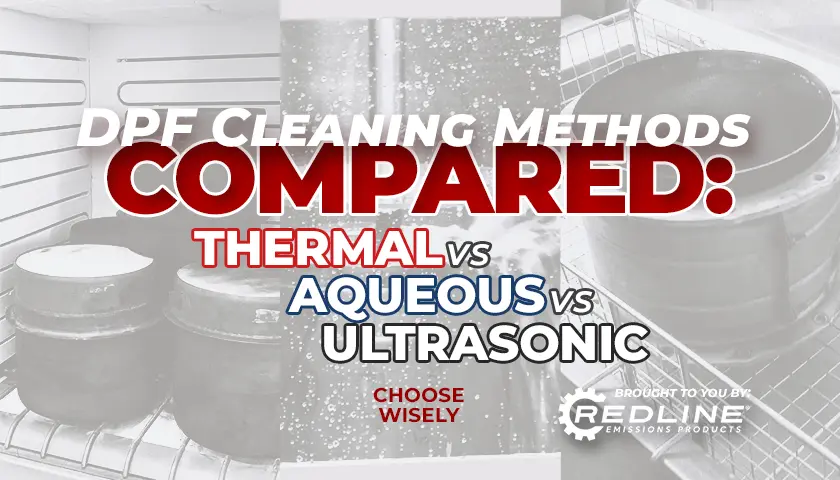
DPF Cleaning Methods Compared: Thermal vs Aqueous vs Ultrasonic
Which one is right for you?
When it comes to cleaning DPFs, there are several main methods out there, each with its own benefits and considerations. These methods include Aqueous, Thermal, and Ultrasonic DPF cleaning.
Each DPF cleaning approach has a different performance profile based on speed, capacity, complexity, and cost. Understanding the differences between these methods is important for those looking to expand their business by offering DPF Cleaning and related emissions maintenance solutions and parts.
An Overview of the DPF Cleaning Methods:
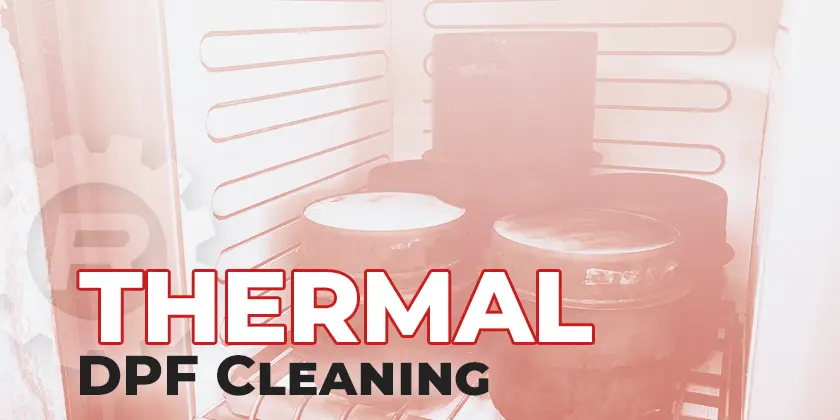
Thermal DPF Cleaning:
Thermal DPF cleaning is a time-tested method ideal for regularly shaped filters, completing the process typically within a day. This method employs high temperatures with precise heating/cooling cycles, to burn up accumulated particulate matter and contaminants and does not require harsh chemicals or lots of water.
The baking cycle, often done overnight, is followed by a cooling period (there are ways to shorten the cooling time). Some ovens are high-capacity so they can effectively clean multiple filters simultaneously, making them ideal for high-volume operations. Additionally, thermal cleaning is suitable for dealing with various contaminants from upstream issues/leaks.
Some larger DPF Cleaning ovens, such as this one by Filtertherm have enough room to clean a whole One-Box.
Image courtesy of a video by a real-world Filtertherm owner & REP Parts Distributor, Ryan, over at FTT FLEET SOLUTIONS, located in Canton, Ohio. Ryan also has a highly informative YouTube channel, called Trucking & Fixing With Ryan. Check it out!
The Thermal process we recommend starts with a complete inspection/benchmarking and then a quick blowout to remove loose materials. Then bake overnight in the thermal oven to oxidize the soot, followed by a cool-down phase and then pulse cleaning/air to blow out the remaining ash. Finishing with a post-clean inspection and benchmarking to assess the effectiveness of the cleaning. In some cases, a filter may require a second baking if it’s extra clogged.
A well-designed DPF Cleaning oven allows the technician to choose the filter material type, (which includes silicon carbide, cordierite, metal mesh, or other materials, each has an ideal temp and cycle). Using the correct heating/cooling cycle settings helps make sure filters are not damaged during the cleaning process.
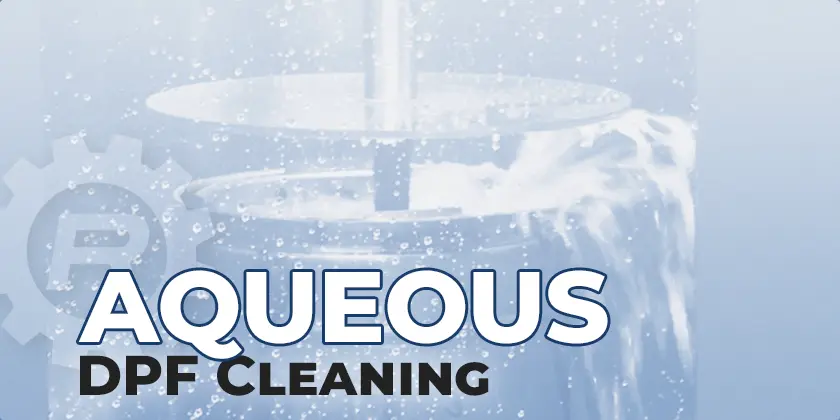
Aqueous DPF Cleaning:
Aqueous DPF Cleaning is another strong contender due to its ultra-fast turnaround and versatility in handling filters of various sizes and shapes without compromising their substrate. The non-destructive, water-based cleaning process, allows effective cleaning within a couple of hours, enabling trucks to get back on the road the same day. Also, it eliminates the need to cut open filters with tapered inlets and/or outlets, as it washes and dries different or odd-shaped filters with ease.
This process is multi-stage as well. Benchmarking and inspections are important to measure cleaning success. The Filtertherm Aqueous machine, for example, utilizes a pre-soak surfactant stage to loosen ash particles, then the gentle removal of soot and ash from the DPF substrate using an automated, high-volume, low-pressure flow of water. The water is filtered and recirculated to save on water usage.
No need for risky pressure washing. It’s eco-friendly, gentle on the filter due to lower temperatures, and suitable for larger-scale cleaning tasks. Aqueous DPF cleaning is established as a practical and convenient option for maintaining diesel filters effectively.
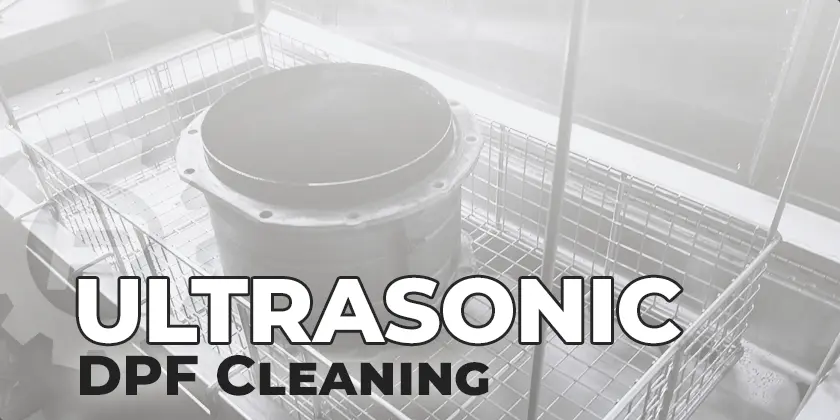
Ultrasonic DPF Cleaning:
Ultrasonic DPF cleaning has also been getting some attention. This method involves submerging the filter and utilizing high-frequency sound waves to dislodge dirt particles. These waves generate small bubbles, which, combined with specialized equipment and cleaning solution, remove the particulate and ash. While generally gentle and suitable for various filter types, it’s crucial to ensure the cleaning solution is compatible with the filter being cleaned. For example: some retrofit filters should not get wet due to the materials (matting) used in their construction.
This process generally has a high upfront investment (to purchase a quality, complete setup). While it can be automated for large-scale operations, this often involves expert set-up, calibration, and upkeep.
While it’s quite good at cleaning most particulate and ash, it might not be as effective for certain types of contaminants, in which case, the DPF will need to be cleaned again or baked in an oven. Since the cleaning solution and debris need to be flushed out and the filter dried before reinstalling, this can lead to longer turnaround times in getting the filter back to the customer (as much as an additional day).
Quick Reference & Review:
Thermal DPF Cleaning: A time-tested method known for its efficiency and simplicity in removing contaminants & soot. Ideal for operations that want to clean a lot of filters at once and need predictable results.
Aqueous DPF Cleaning: Increasing in popularity for its cost-effectiveness and versatility in handling various filter types and contamination levels. Ideal for operations that need quick turnaround times to get trucks back on the road fast.
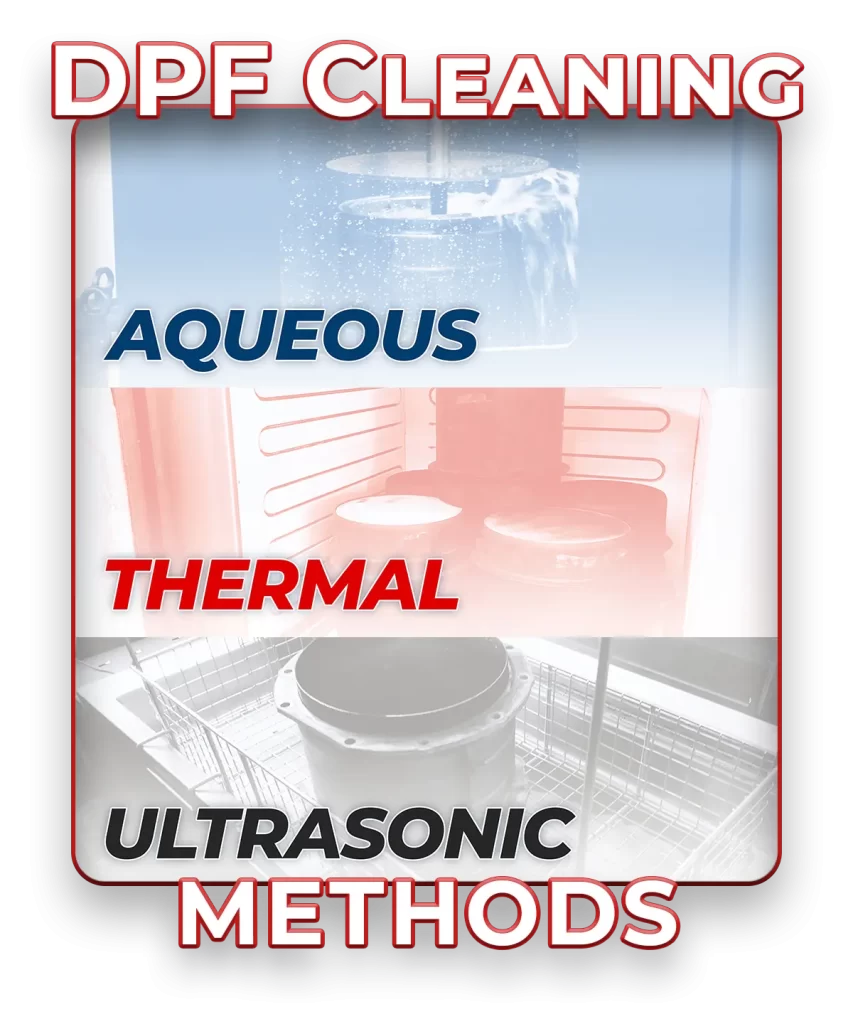
Ultrasonic DPF Cleaning: Has been gaining more attention lately. It is a versatile and effective option that dislodges particles using solvents and sound waves from filters and other types of parts. The additional rinsing/drying time, complexity & cost of operation of this newly developing tech might deter some users.
In Conclusion:
Each method offers distinct advantages and considerations that should be examined thoughtfully. The Thermal and Aqueous DPF cleaning methods provide proven, efficient cleaning solutions without the high initial cost, complex set-up & slower operation associated with ultrasonic cleaning.
Redline Emissions Products is the industry leader in simplifying the diesel emission system. We are thrilled to have Filtertherm DPF Cleaning Equipment available to our customers and distributors. Filtertherm is an industry leader in designing and manufacturing US-made industrial DPF Cleaning systems.
DPF Cleaning can be a great addition to your heavy-duty truck parts and service business. Check out our ROI tool to run some numbers for yourself.
Browse our website to learn more about our extensive range of aftertreatment products, equipment, and services. And don’t forget our Cross Reference Tool for looking up emissions parts.
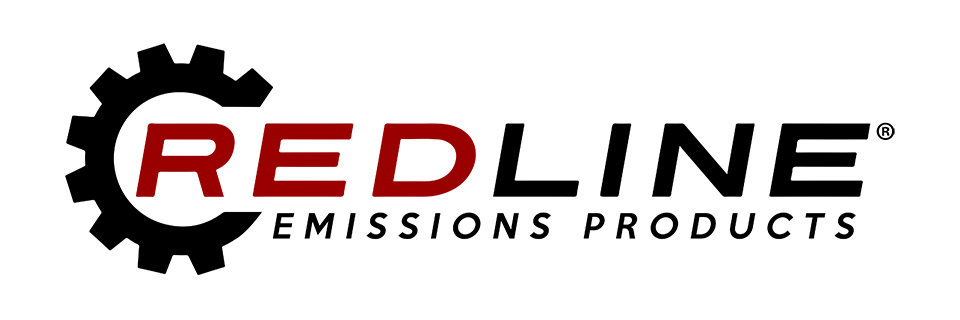
For inquiries or more information on our aftertreatment parts, DFP Cleaning equipment, or how to become an authorized REP distributor, feel free to contact us. We are here to assist you and provide the support you need every step of the way.
Want to find out about becoming a Redline Emissions Products® dealer? Contact Anthony Soto, National Sales Manager for REP to find out more. Call 888-295-4670
Need Tech Support or need help troubleshooting a DPF problem? No problem! Contact REP Support at 1-888-564-4209



